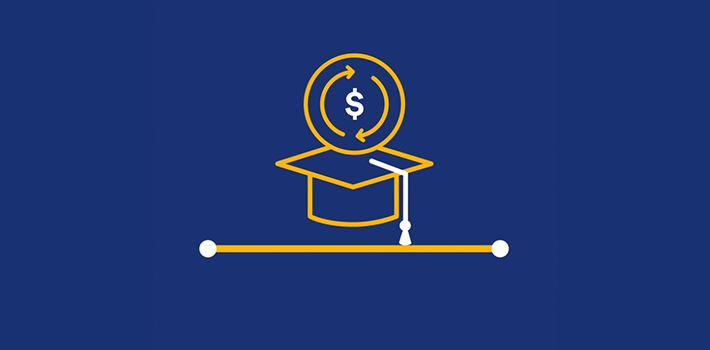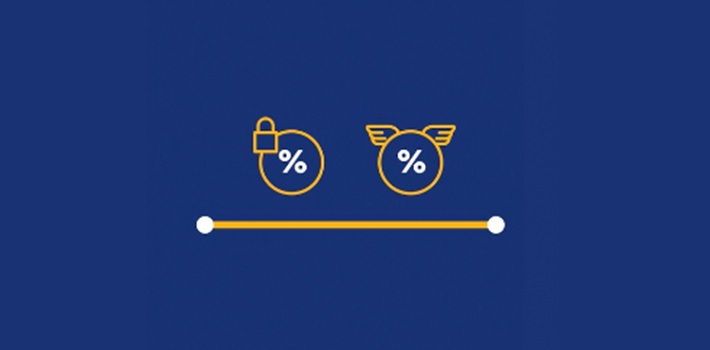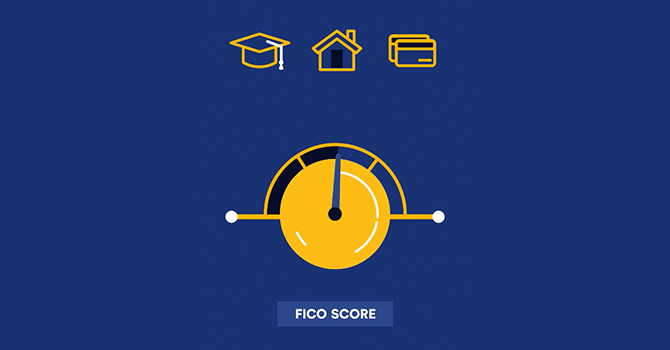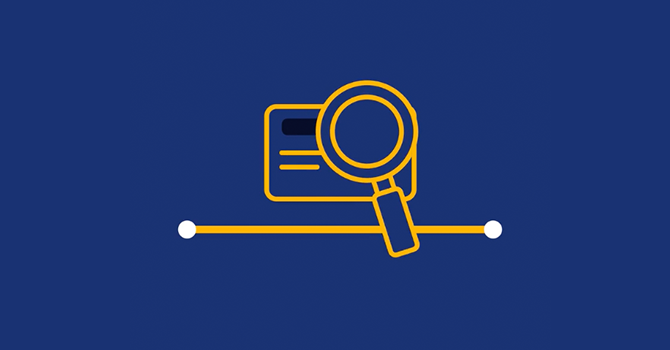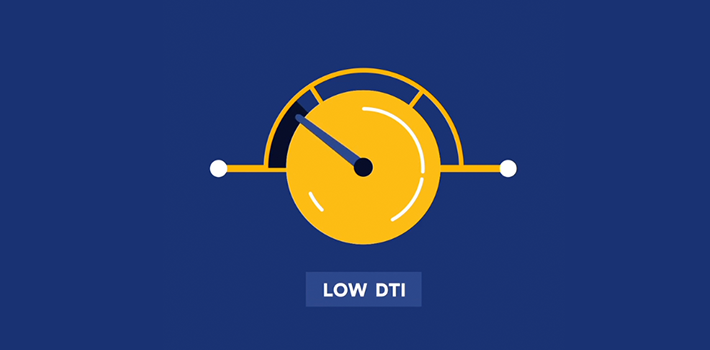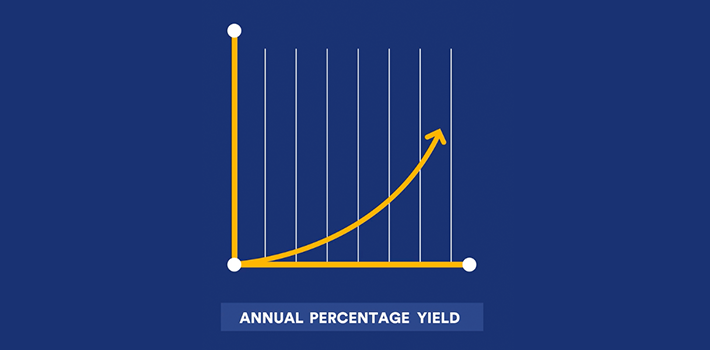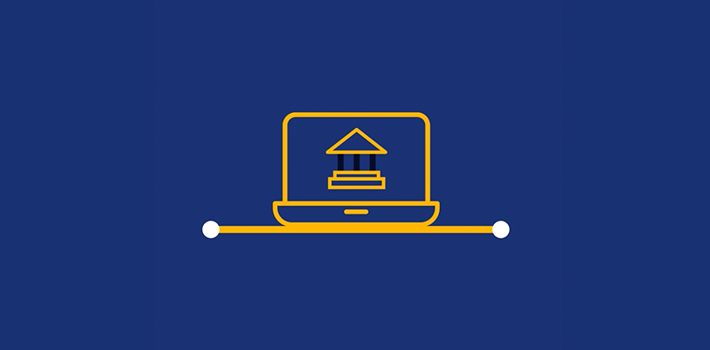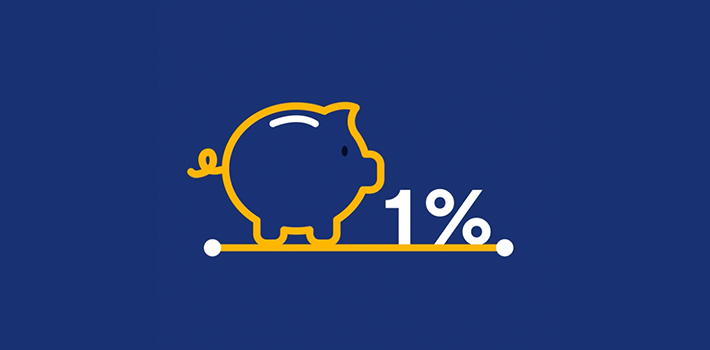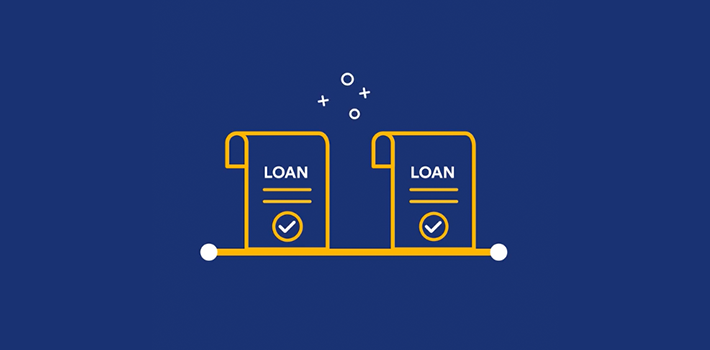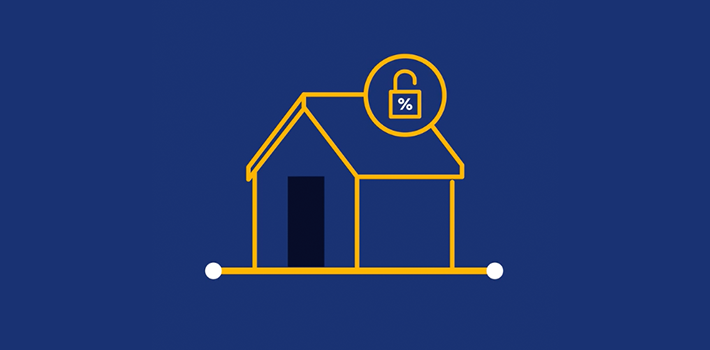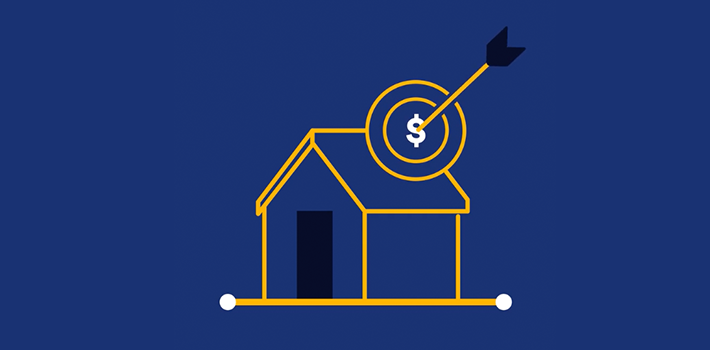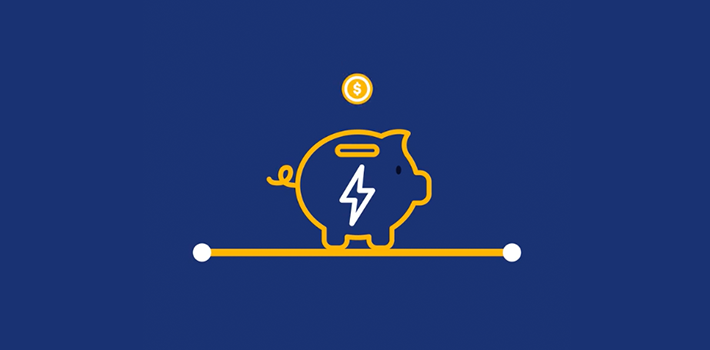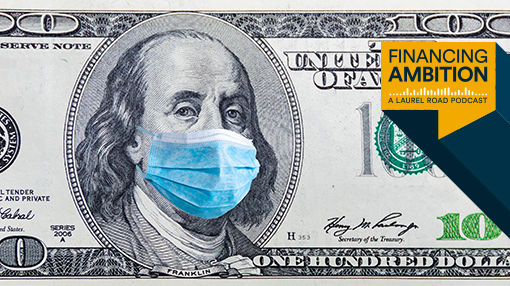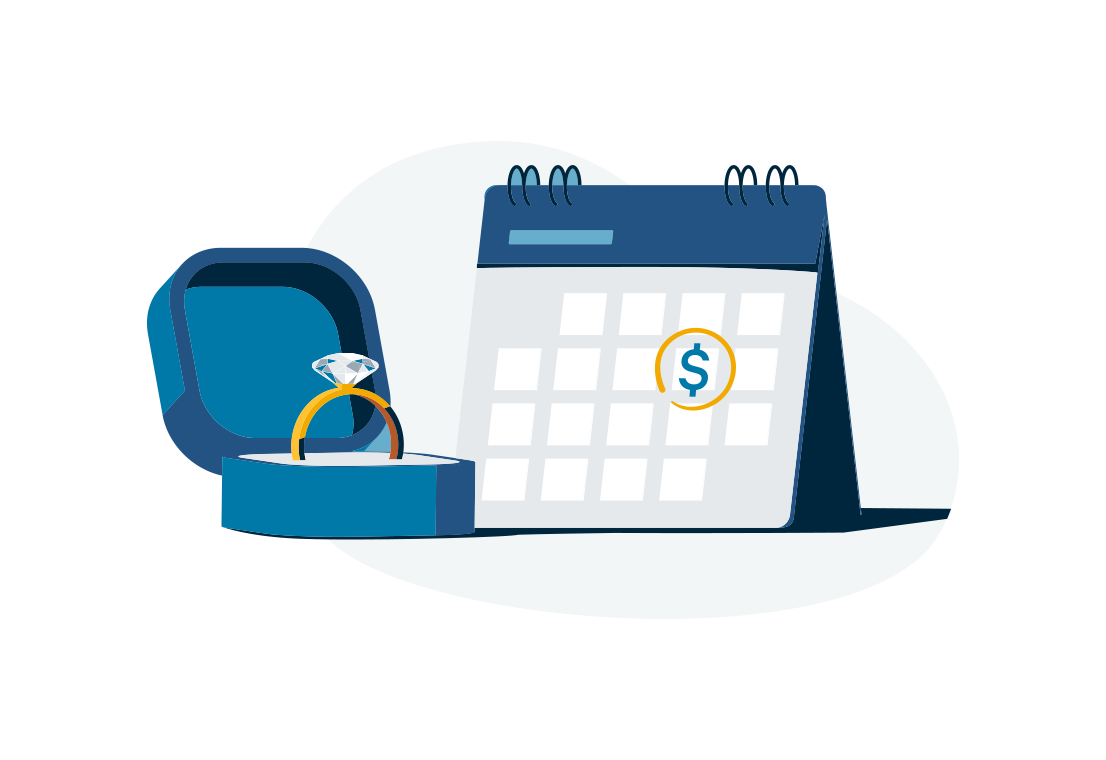Content Collections
Our curated collections of interactive financial content are designed to help you reach your goals on your own time.
Student Loan Forgiveness for Public Service Work
If you work for a government organization or qualifying nonprofit, you could be eligible for Public ...

What Jobs Qualify for Public Service Loan Forgiveness (PSLF)?

7 Jobs That Can Get Student Loan Forgiveness

Public Service Loan Forgiveness (PSLF) Program Explained

6 Student Loan Forgiveness Programs – Do You Qualify?

Student Loan Forgiveness for Nonprofit Workers

Student Loan Forgiveness for Physician Associates

PSLF Buyback Program: FAQs
Finding Student Loan Freedom
From federal student loan forgiveness to private refinancing, this collection will help you understa ...

How to Relieve Student Loan Debt Stress with Expert Guidance

How to Prepare for Student Loan Consultation

Tools to Help You Get Student Loan Forgiveness
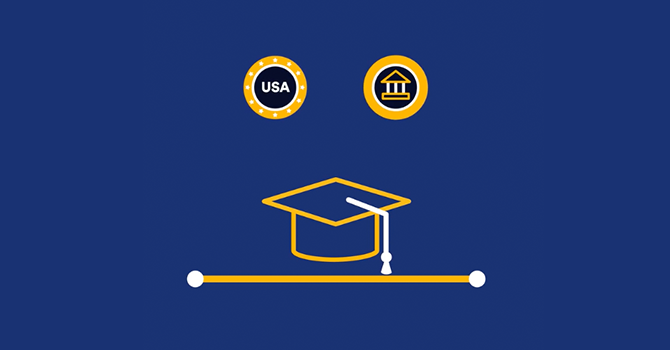
Federal vs. Private Student Loans: What’s the Difference?

How to Apply for Student Loan Forgiveness

Balancing Student Loan Stress and Mental Health

Student Loan Forgiveness Scams and How to Avoid Them

How to Apply for an Income-Driven Repayment Plan

Considerations When Refinancing Federal Student Loans to a Private Student Loan

How to Improve Your Credit Score When You Have Student Loans

Exploring Student Loan Assistance Programs
Preparing for a Student Loan Consultation
Getting ready for your 30-minute consultation with one our student loan experts? As you prepare for ...

How to Check Your Student Loan Debt: Essential FAQs

How to Prepare for Student Loan Consultation

What Can I Expect During My Consultation With a Student Loan Specialist?

Tools to Help You Get Student Loan Forgiveness

How to Relieve Student Loan Debt Stress with Expert Guidance

Federal vs. Private Student Loans: What’s the Difference?

Public Service Loan Forgiveness (PSLF) Program Explained

PSLF Buyback Program: FAQs
Student Loan Benefits for Healthcare Employees
Financial benefits such as student loan repayment help are increasingly in demand by employees – e ...

What’s Trending in Hospital Employee Benefits

Understanding Employer-Paid Student Loan Benefits for Healthcare Workers

Staffing Shortages in Healthcare: Innovative Strategies for Retention

Financial Survey: Healthcare Professionals & Student Loan Debt in 2024

Student Loan Repayment Assistance Benefits for Healthcare Workers

Student Loan Forgiveness for Physician Associates

Medical Professionals and the Student Loan Debt Crisis: How Employers Can Help

Revolutionizing Healthcare HR: Employee Retention Tools with Laurel Road
Building Healthy Financial Habits
Healthy habits can help you build a strong financial foundation keep you on track to achieve your go ...

50/30/20 Budget Calculator

Guide to Improving Your Credit Score

Managing Lifestyle Creep

Thrive in 2025: Eat Well, Spend Smart, Stay Connected with Rachel Brief, MS RD
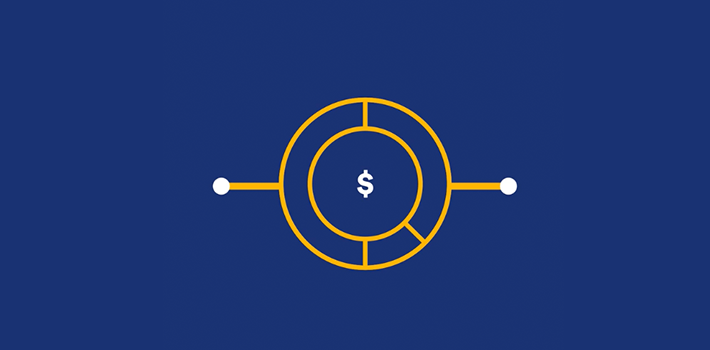
How to Create a Simple 50/30/20 Budget

A Practical Guide to Financial Independence for Young Professionals

Debt-to-Income Calculator

Balancing Student Loan Stress and Mental Health

How to Improve Your Credit Score When You Have Student Loans

Don’t Fall for Fraud – How to Spot Red Flags
Managing Student Loan Debt
Student loans were an investment in you – don't let them weigh you down. Explore student loan op ...

Guide to Student Loan Repayment

What Is Student Loan Forbearance?

How To Pay Off Student Loans

Actionable Strategies to Manage Student Loan Debt

Guide to Student Loan Consolidation

Navigating Student Loan Repayment: DOs and DON’Ts

Does Paying Off My Student Loans Impact My Credit Score?

Why You Should Pay Off Your Student Loans Over Time

The Penalties for Missing Student Loan Payments

Financial Survey – The Student Debt Dilemma: The Impact on Financial Milestones
Planning for Your Financial Goals
The financial future you envision requires planning. With these tools and tips, you can understand h ...

How to Create an Investment Plan
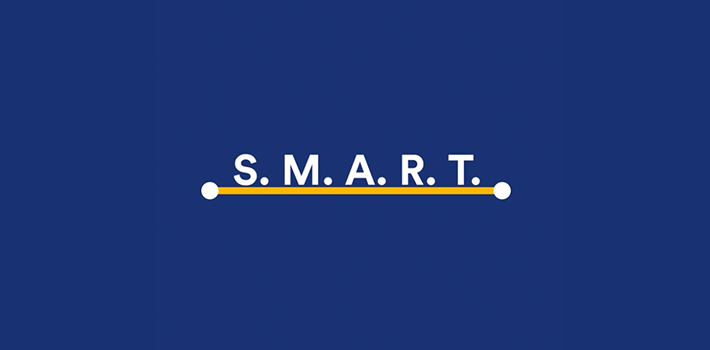
Do Your Goals Pass the SMART Test?

What is Your Risk Tolerance?

Passive vs. Active Investing
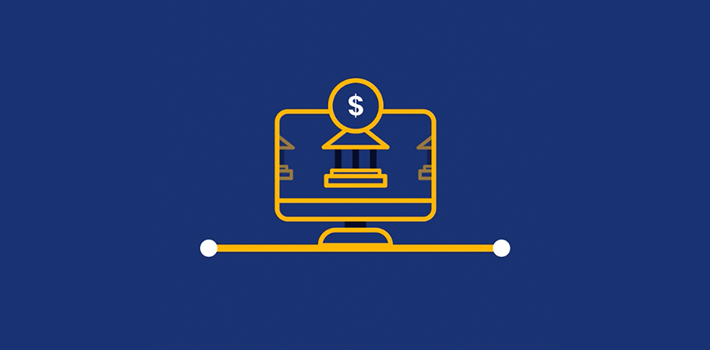
Why Would I Want to Switch Banks?
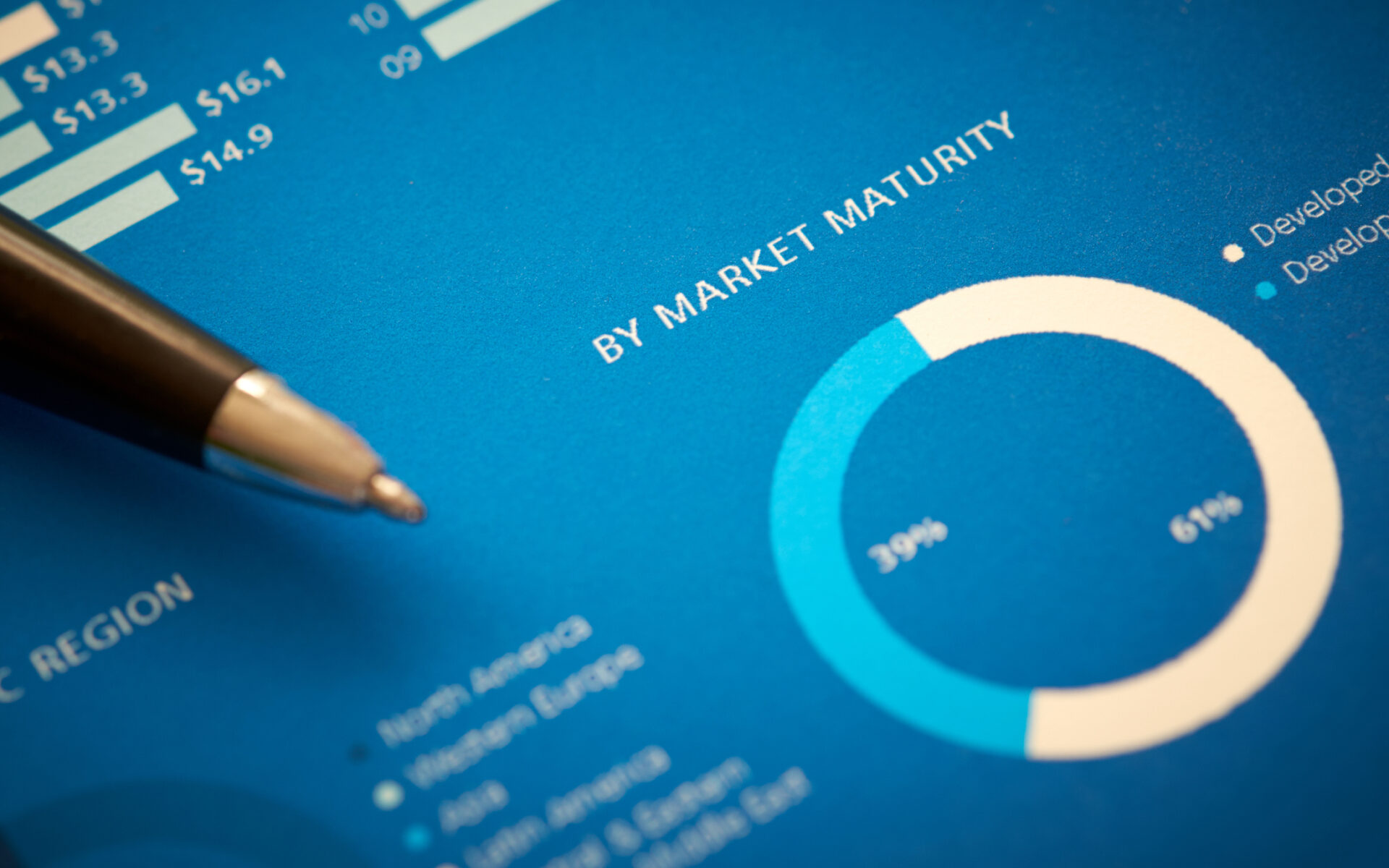
Diversification – What Is It and Why You Need It

Does Paying Off My Student Loans Impact My Credit Score?
How to Get Student Loan Forgiveness
In this collection, gain a deep understanding of federal student loan forgiveness programs such as I ...

How to Get Student Loan Forgiveness

What Jobs Qualify for Public Service Loan Forgiveness (PSLF)?

Public Service Loan Forgiveness (PSLF) Program Explained

How to Apply for Student Loan Forgiveness
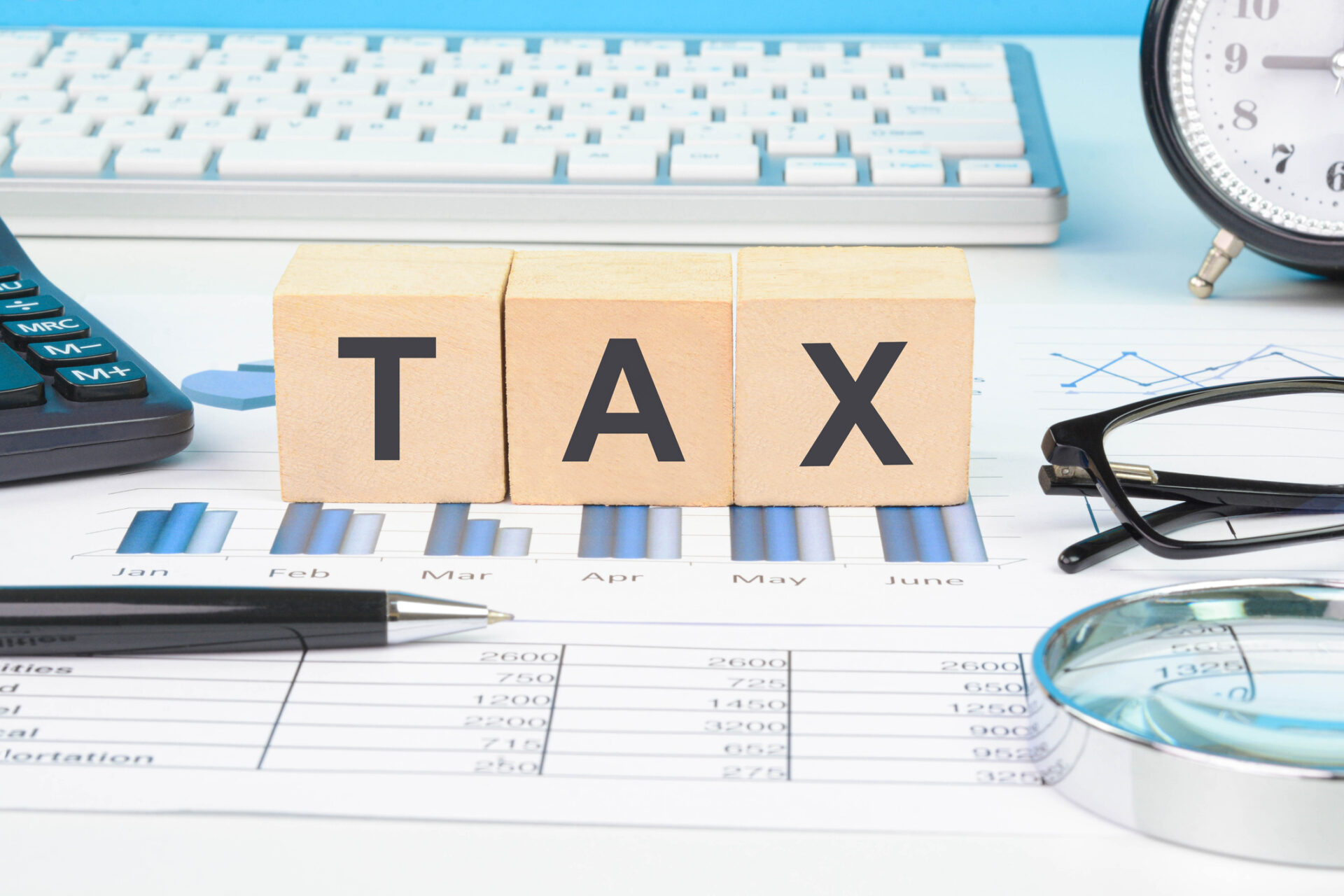
Is Student Loan Forgiveness Taxable?

How to Apply for an Income-Driven Repayment Plan

Student Loan Forgiveness for Nonprofit Workers

Federal Student Loan Repayment Programs

How to Get Forgiveness on Parent PLUS Student Loans

Tools to Help You Get Student Loan Forgiveness

7 Jobs That Can Get Student Loan Forgiveness

6 Student Loan Forgiveness Programs – Do You Qualify?

Exploring Student Loan Assistance Programs

PSLF Buyback Program: FAQs
How to Buy Your First Home
Buying your first home is an important milestone and major financial decision. Explore the ins and o ...

First-Time Homebuyer Tips

Mortgage Down Payment Calculator
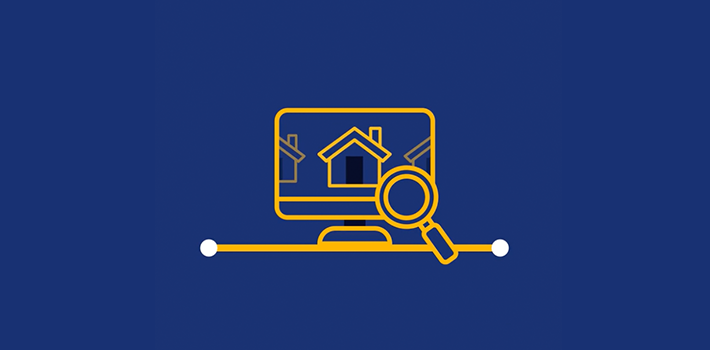
5 Tips to Make Applying for Your First Mortgage Easier

A Guide to Understanding Mortgages
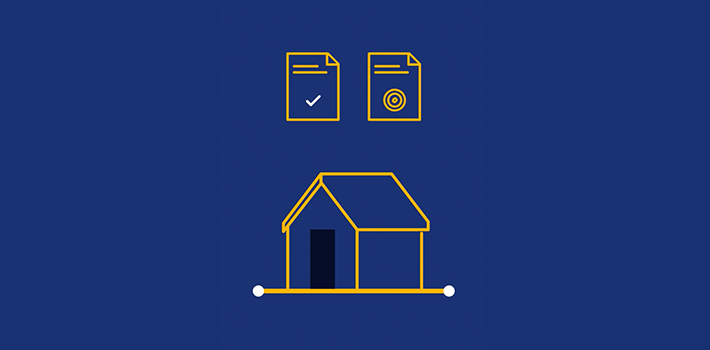
What’s the Difference between Mortgage Pre-Qualification and Pre-Approval?
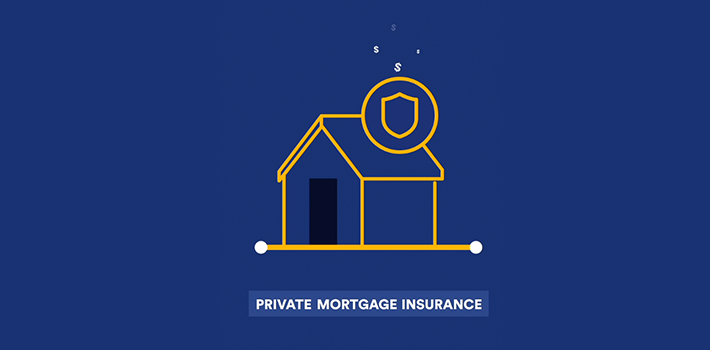
What is PMI?

Getting a Mortgage: What to Expect From Closing

What to Look for in a New Home (and What to Ignore)
Comparing Student Loan Repayment Options
If you have federal student loans, you could have access to different repayment options – includin ...

Guide to Federal Student Loan Repayment Programs
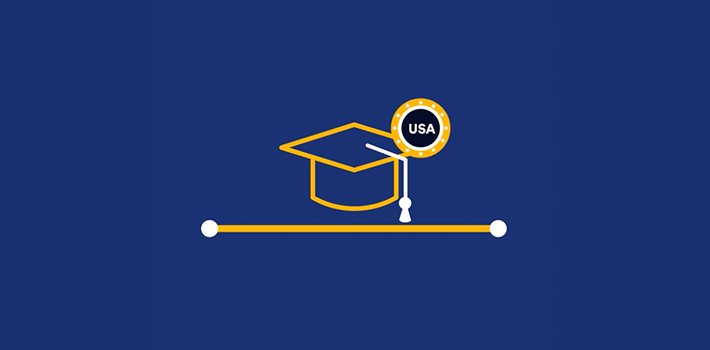
What Is the Standard Repayment Plan for Federal Student Loans?

Public Service Loan Forgiveness (PSLF) Program Explained

Learn the Best Way to Pay Off Your Student Loans

How to Get Student Loan Forgiveness

Guide to Student Loan Consolidation

How to Get Forgiveness on Parent PLUS Student Loans

Student Loan Forgiveness Scams and How to Avoid Them

Exploring Student Loan Assistance Programs


